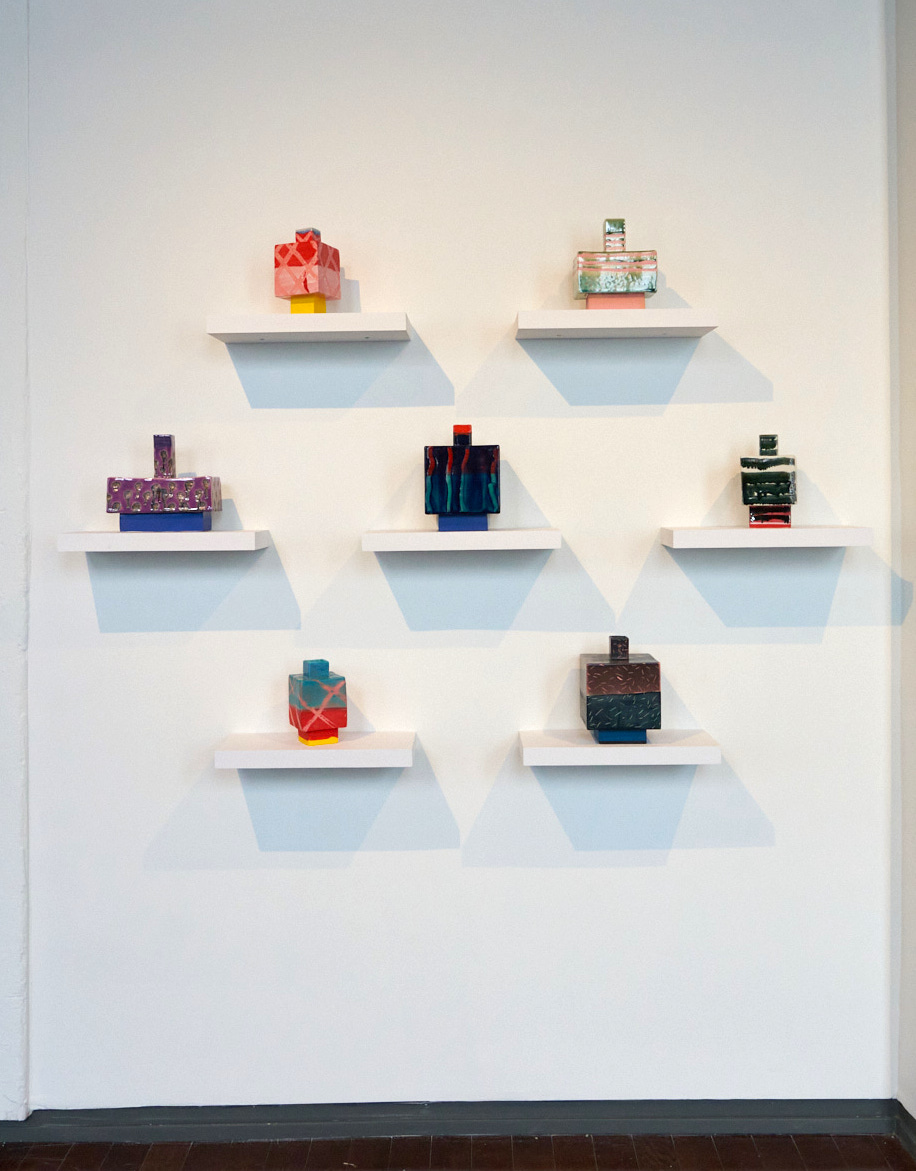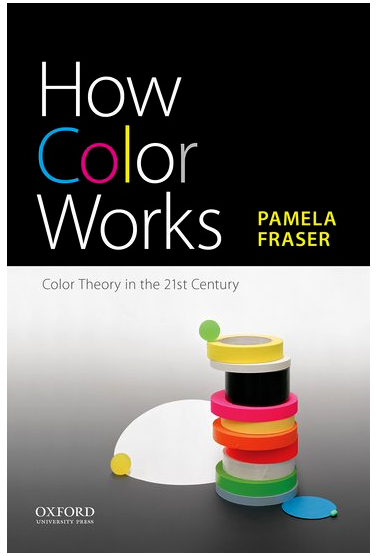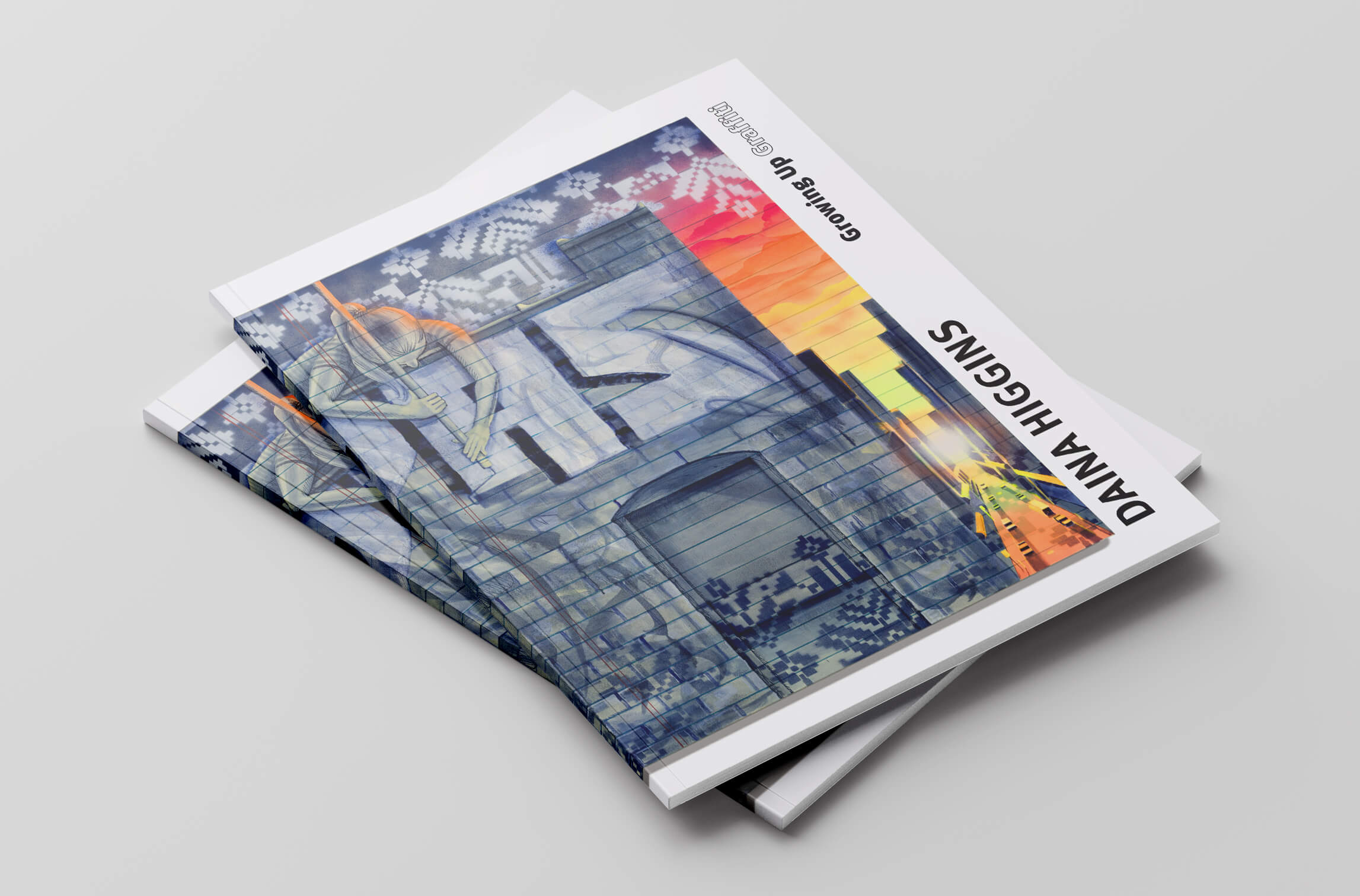3/2/2021
Artist Spotlight | Pamela Fraser
SCULPTURE I
Bianca Beck | Gerhard Demetz | Curtis Fairman | Brendan Fernandes | Pamela Fraser | Jonathan Hammer | Allison Janae Hamilton | Kurt Lightner | Bruce Robinson | Almond Zigmund


Contemporary Art Matters is pleased to present Sculpture I, a group exhibition featuring Bianca Beck, Gerhard Demetz, Curtis Fairman, Brendan Fernandes, Pamela Fraser, Jonathan Hammer, Allison Janae Hamilton, Kurt Lightner, Bruce Robinson and Almond Zigmund, open February 18th – April 15, 2021.
We’ve spent the last year collecting works by ten international contemporary sculptors who work in different traditions using a myriad of materials including wood, ceramic, assemblage, papier-mâché and found plastics. Sculpture I allows us to look at sculpture in a broad sense, examining idea threads of what you see in contemporary art today.
Pamela Fraser takes an intellectual approach to color and form. Her small-scale ceramic works explore kiln-fired traditions and glazing techniques to achieve the bright colors and patterns.
Pamela Fraser is best known for her botanical paintings and ceramics. This New England based artist explores color and design as a means to engage painting. The ceramics with their rich colors and geometric forms relate to her early abstract paintings. In all work we see the sumptuous appreciation of the natural world clearly organized and interpreted by the artist.
Originally from Tennessee, Fraser lives and works in Vermont. Her work has been widely exhibited with solo shows at the Blaffer Museum at The University of Houston, and gallery shows in Chicago, New York and Cologne. Her publications include: as writer of How Color Works: Color Theory in the 21st Century (Oxford, 2019) and as co-editor of Beyond Critique: Contemporary Art in Practice, Theory, and Instruction (Bloomsbury, 2017).






Pamela Fraser: How Color Works
Color Theory in the 21st Century
Fraser’s latest writng How Color Works: Color Theory in the Twenty-First Century explores the contemporary aesthetics of color. Color and its many meanings are presented in culturally specific terms, encouraging students to appreciate the power that color holds over different societies. The text demonstrates that interest in color is alive and well-even in surprising corners of artistic production-and shows students of all media and all experience levels how to create and use color in a sophisticated fashion.





